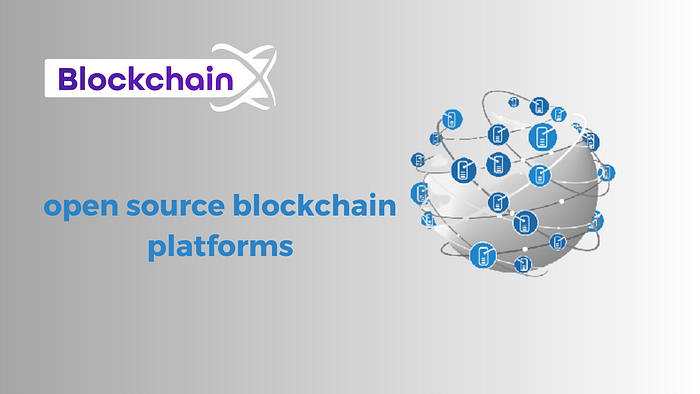How can I create a block on any blockchain using open source platforms? and its features?

To create a block on a blockchain using open source blockchain platforms , you generally need to follow these steps:
- Choose a Blockchain Platform: Select a blockchain platform that supports open source development. Some popular options include Bitcoin, Ethereum, and Hyperledger Fabric. Each platform has its own set of tools and documentation.
- Set Up a Development Environment: Install the necessary software and tools to create and deploy smart contracts or blockchain applications. This typically involves setting up a development environment, such as a programming language, framework, and associated libraries.
- Understand Blockchain Concepts: Gain a good understanding of the fundamental concepts of blockchain technology, including how blocks are structured, the consensus mechanism, and the data storage model. This knowledge will help you design and implement your block creation process effectively.
- Write Smart Contracts or Blockchain Applications: Depending on the blockchain platform, you may need to write smart contracts using a specific programming language, such as Solidity for Ethereum. Smart contracts define the rules and logic governing the blockchain transactions and can be used to create new blocks.
- Compile and Deploy Smart Contracts: Compile your smart contracts into bytecode or machine-readable format using the tools provided by the blockchain platform. Deploy your smart contracts onto the blockchain network, making them available for execution.
- Interact with the Blockchain: Use the appropriate APIs or SDKs provided by the blockchain platform to interact with the network. This includes sending transactions, reading data, and creating blocks. The specific methods and interfaces will vary depending on the platform you choose.
- Implement Block Creation Logic: To create a block, you typically need to follow the consensus protocol defined by the open source blockchain platform. This involves validating and verifying transactions, performing necessary computations, and constructing a new block with the appropriate data. The implementation details will depend on the specific blockchain platform and its consensus algorithm.
- Test and Deploy: Thoroughly test your code and blockchain application to ensure its functionality and security. Once you are confident in your implementation, deploy it on the desired blockchain network, making it part of the decentralized ledger.
Using open source platforms, blockchain technology offers several key features, including:
- Decentralization: Open source blockchain platforms enable decentralized networks where no single entity has control over the entire system. The power and decision-making are distributed among multiple participants, making it more resistant to censorship and single points of failure.
- Transparency: Blockchain provides transparent and auditable transactions. All data and transactions recorded on the blockchain are visible to all network participants, ensuring accountability and trust. Open source platforms allow developers and users to inspect the code, ensuring transparency in the underlying technology as well.
- Security: Blockchain utilizes cryptographic algorithms to secure data and transactions. Open source blockchain platforms enable a collaborative approach to security, as developers and experts can review and contribute to the codebase, identifying vulnerabilities and enhancing the system’s security.
- Immutability: Once data is recorded on the blockchain, it is extremely difficult to alter or tamper with. Open source platforms ensure that the rules and mechanisms governing the blockchain’s consensus algorithm are publicly available, making it more difficult for malicious actors to manipulate the system.
- Smart Contracts: Many open source blockchain platforms support the execution of smart contracts. Smart contracts are self-executing agreements with predefined rules encoded within the blockchain. They automate the execution of transactions and enable complex logic and conditions to be enforced within the network.
- Traceability: Blockchain allows for the transparent tracing of transactions and data. Each transaction is linked to previous transactions, forming a chain of blocks. Open source platforms provide tools and APIs that allow developers to access and analyze the blockchain data, enabling various use cases such as supply chain tracking, provenance verification, and more.
- Interoperability: Open source blockchain platforms promote interoperability between different blockchain networks. They provide standards and protocols that allow different blockchain systems to communicate and interact with each other, facilitating the exchange of assets, data, and value across multiple platforms.
- Community Collaboration: Open source blockchain platforms foster a collaborative environment, allowing developers and users to contribute to the platform’s development, suggest improvements, and report issues. This collective effort helps in advancing the technology, ensuring its stability, security, and adaptability to evolving needs.
These features collectively make blockchain technology using open source platforms attractive for various applications, ranging from cryptocurrencies and financial services to supply chain management, healthcare, voting systems, and more.

